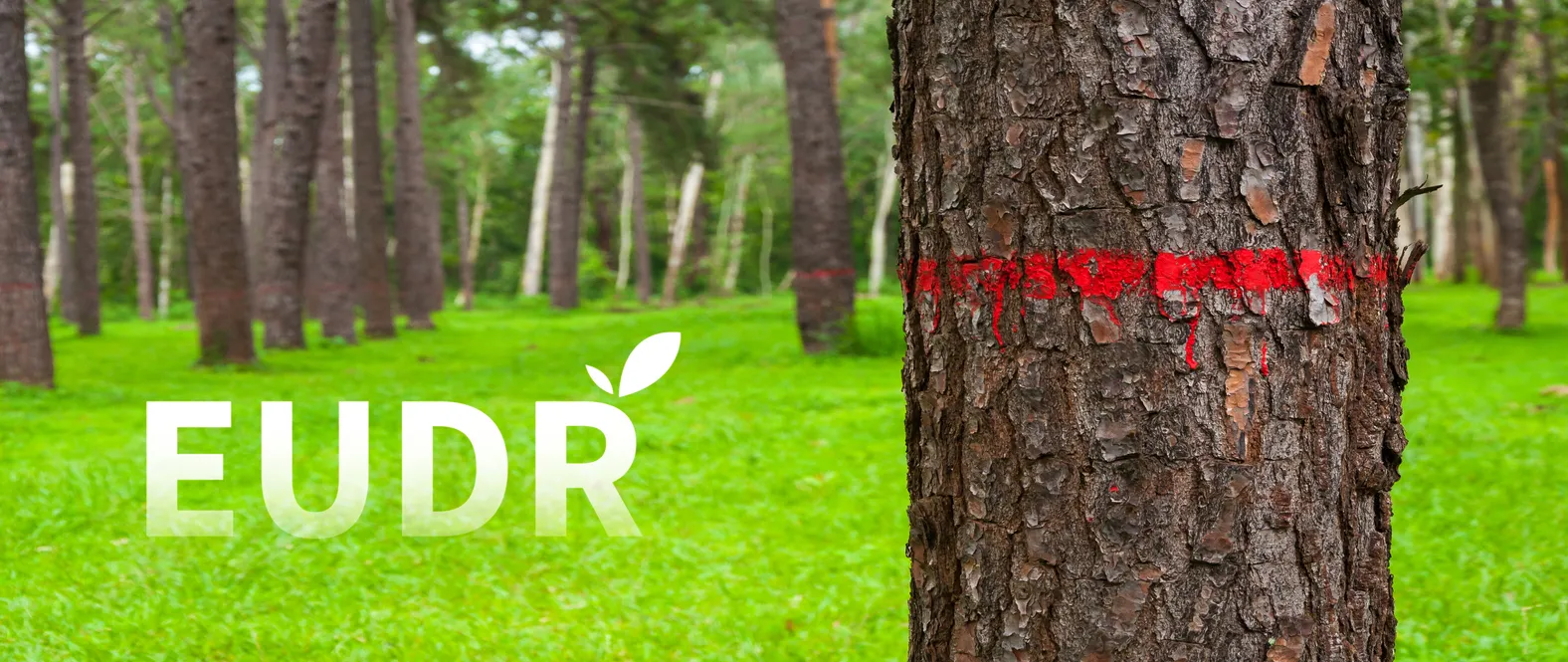On the 12th of June 2025 the European Union confirmed that tyre retreading is taxonomy-compliant in a letter to BIPAVER. In the letter, the European Union explained that tyre retreading complied with section 5.4 of the Environmental Delegated Act. The news is part of a sprawling interconnected web of regulations and laws across the European continent that to put it mildly is quite a mess and structurally undermines tyre retreading across 27 EU states. But that story is for another day and one we are continuing to cover in these pages.
However following the publication of the news and a short ...
However following the publication of the news and a short ...







